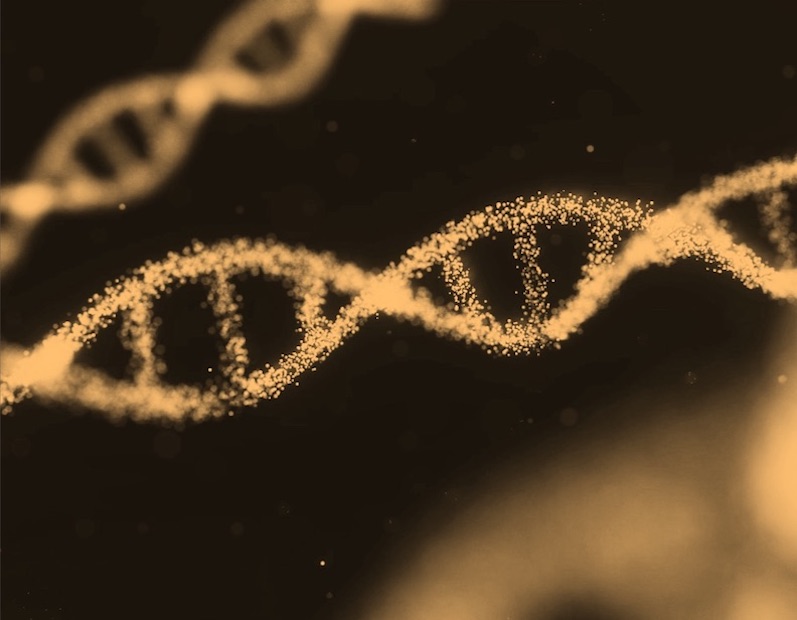What is it about?
A brain tumor is a collection of irregular and needless cell development in the brain region, and it is considered a life-threatening disease. Therefore, early level segmentation and brain tumor detection with Magnetic Resonance Imaging (MRI) is more important to save the patient’s life. Moreover, MRI is more effective in identifying patients with brain tumors since the recognition of this modality is moderately larger than considering other imaging modalities. The classification of brain tumors is the most important, difficult task in medical imaging systems because of size, appearance and shape variations. In this paper, Competitive Poor and Rich Optimization (CPRO)-based Deep Quantum Neural Network (Deep QNN) is proposed for brain tumor classification. Additionally, the pre-processing process assists in eradicating noises and uses image intensity to eliminate the artifacts. The significant features are extracted from pre-processed image to perform a productive classification process. The Deep QNN classifier is employed for classifying the brain tumor regions. Besides, the Deep QNN classifier is trained by the developed CPRO approach, which is newly designed by integrating Poor and Rich Optimization (PRO) and Competitive Swarm Optimizer (CSO). The developed brain tumor detection model outperformed other existing models with accuracy, sensitivity and specificity of 94.44%, 97.60% and 93.78%.
Featured Image
Why is it important?
Brain tumors are considered life-threatening due to their potential to grow rapidly and affect critical functions of the brain. Early detection and segmentation of brain tumors are crucial for timely intervention and treatment, which can significantly improve patient outcomes and potentially save lives. MRI is highly effective in identifying brain tumors compared to other imaging modalities. Its superior resolution and ability to visualize soft tissues make it the preferred modality for detecting and characterizing brain abnormalities, including tumors.
Perspectives
Brain tumors are life-threatening conditions characterized by irregular cell growth in the brain. Early detection and segmentation of tumors using MRI are crucial for timely intervention and potentially life-saving treatments. Classifying brain tumors based on MRI images is challenging due to variations in size, appearance, and shape of tumors. These variations make it difficult to accurately distinguish between different tumor types, requiring advanced computational techniques for classification.
Balajee Maram
SR University
Read the Original
This page is a summary of: CPRO: Competitive Poor and Rich Optimizer-Enabled Deep Learning Model and Holoentropy Weighted-Power K-Means Clustering for Brain Tumor Classification Using MRI, International Journal of Pattern Recognition and Artificial Intelligence, March 2022, World Scientific Pub Co Pte Lt,
DOI: 10.1142/s0218001422520085.
You can read the full text:
Contributors
The following have contributed to this page







